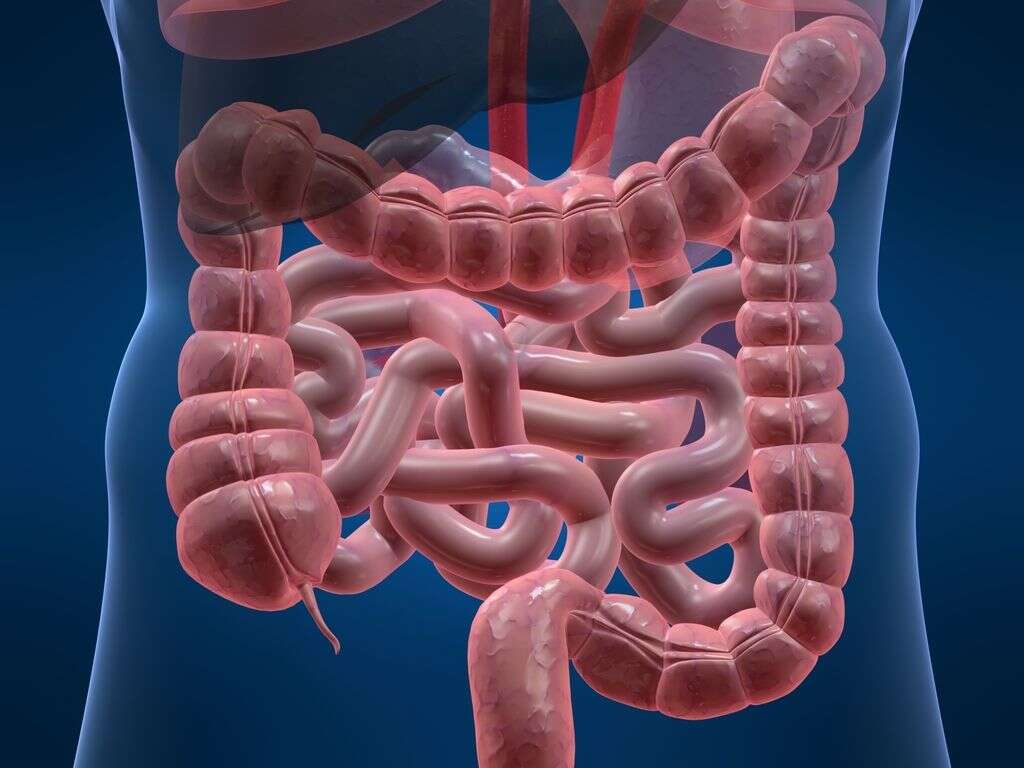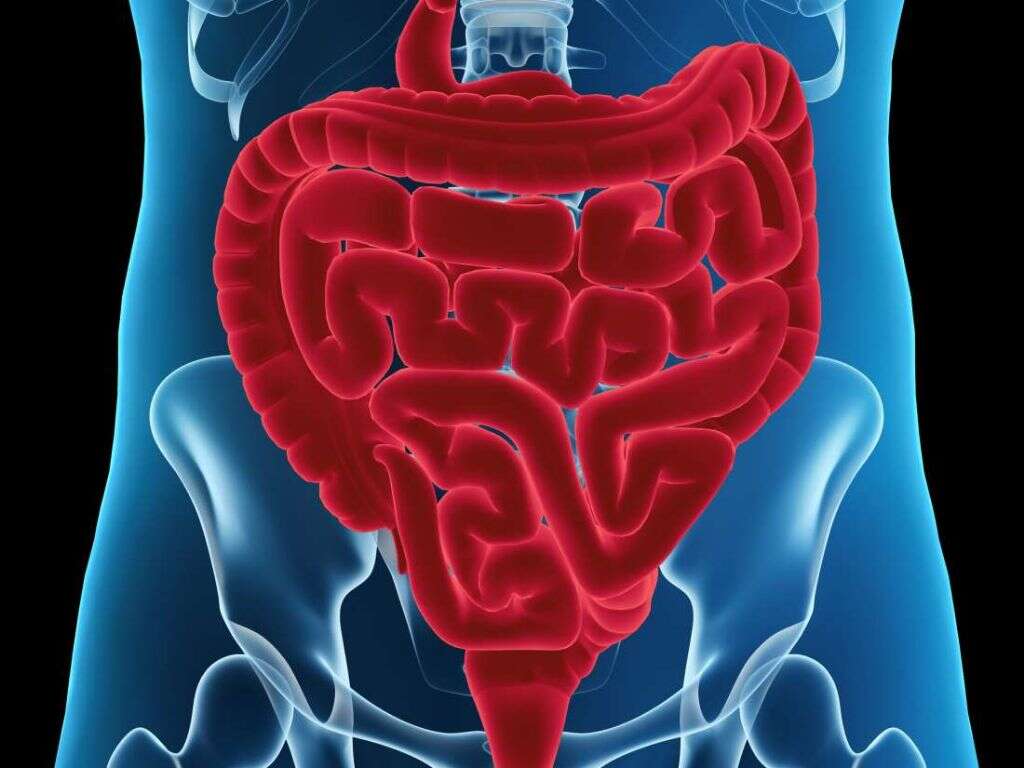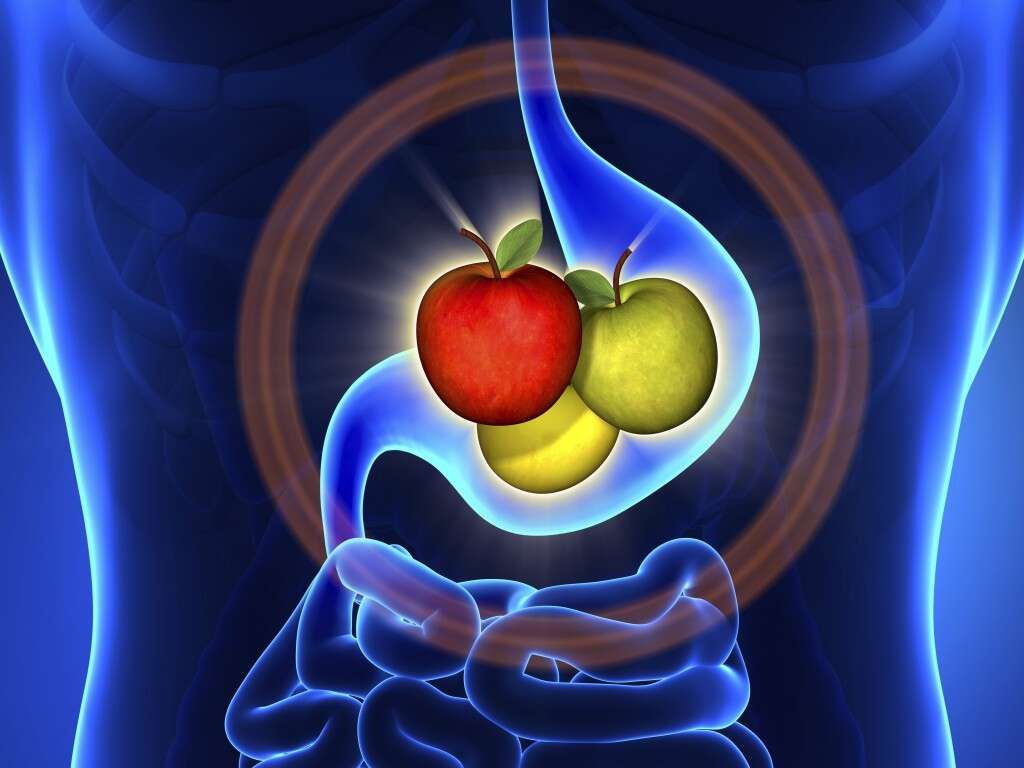10 Intestinal Blockage Symptoms
Intestinal blockage, or intestinal obstruction, occurs when there is functional or mechanical obstruction in the intestines resulting in prevention of normal gut motility. Intestinal blockage may affect either the small or large intestines. In 5 to 15 percent of cases, mechanical obstruction is the cause of intestinal blockage necessitating hospital admission. Some examples of conditions that can cause intestinal blockage include endometriosis, hernias, adhesions, inflammatory bowel disease, diverticulitis, appendicitis, ischemic bowel, tumors, intussusception, and tuberculosis.
Small bowel obstructions are usually due to hernias and adhesions while obstructions in the large bowel are more commonly due to volvulus and tumors. The diagnosis of intestinal blockage can be achieved via plain X-rays and a computed tomography (CT) scan. In children and pregnant women, an ultrasonography or magnetic resonance imaging (MRI) can also aid diagnosis. Depending on the cause of intestinal blockage, treatment can be conservative or surgical. In most cases, intravenous fluids are administered while a tube is inserted through the nose until it reaches the stomach to help decompress the intestines. Pain medications and antibiotics may also be given. About 25 percent of small bowel obstruction cases require surgery.
Complications of intestinal blockage include bowel perforation, sepsis, and bowel ischemia. In 2015, there were around 3.2 million cases of intestinal blockage resulting in 264,000 deaths. This condition affects both genders and all ages.

Symptom #1: Abdominal Pain
Abdominal pain is a common symptom seen in both serious and non-serious conditions. Some common causes include gastroenteritis (infection in the gastrointestinal tract) and irritable bowel syndrome. In 10 percent of cases, there are underlying issues such as diverticulitis, appendicitis, and ectopic pregnancy.
Since the abdomen is divided into 9 regions: right hypochondriac, epigastric, left hypochondriac, left lumbar, umbilical, right lumbar, right iliac, hypogastric, and left iliac regions, the location of the pain can provide a clue regarding the possible cause. In intestinal blockage, the abdominal pain can be described as crampy.

Symptom #2: Abdominal Bloating
Abdominal bloating, or abdominal distension, occurs when there are substances such as fluid or gas that accumulate in the abdomen causing it to expand. This is a common and nonspecific symptom. Individuals who are affected often describe it as “feeling bloated” due to a sensation of fullness. In severe cases, the pressure in the abdomen can cause compression on the lungs and diaphragm leading to shortness of breath.
Since most cases of abdominal bloating are due to gas buildup in the stomach and intestines, the pressure is often relieved by belching and flatulence. Some causes of abdominal bloating are inflammatory bowel disease, ulcerative colitis, lactose intolerance, food poisoning, and intestinal blockage. In intestinal blockage, abdominal bloating occurs as the intestines are blocked causing the solids, fluids, and gas to not be able to pass through and accumulate in the intestines.

Symptom #3: Vomiting
Vomiting refers to the forceful and involuntary expulsion of stomach contents through the nose and mouth. Since vomiting is a common and nonspecific symptom, it can be caused by various conditions such as pregnancy, motion sickness, increased intracranial pressure, gastritis, and food poisoning.
In intestinal blockage, vomiting can be attributed to increase intra-abdominal pressure and decreased gut motility. When vomiting is severe, dehydration can occur and may require intravenous fluid administration. Vomiting can be managed using anti-emetics such as promethazine, ondansetron, and metoclopramide. The vomiting in intestinal blockage can be bilious in nature.

Symptom #4: Fecal Vomiting
Fecal vomiting is where the affected individual vomits fecal matter. This is often seen in patients with intestinal blockage (in the ileum) and gastrojejunocolic fistula. Fecal vomiting is usually accompanied by an odor of feces from the patient’s breath. It is also often associated with other symptoms such as dehydration, abdominal distension, and abdominal pain.
In intestinal blockage, fecal vomiting occurs as the intestinal contents are unable to move. The peristaltic waves then try to decompress the intestines. This means that the intestinal muscles contract to try to push the contents forward but, due to the blockage, the content moves backward into the stomach, which is then vomited. It is important to know that even though the vomit content is fecal in origin, it doesn’t resemble the feces that we defecate normally.

Symptom #5: Anorexia
Anorexia, or loss of appetite, is a common symptom that can be seen in infections, cancers, anxiety, appendicitis, chronic kidney disease, dehydration, dementia, fever, mental disorders, and pancreatitis. In infection, anorexia has been thought to be due to part of the acute phase response, which is triggered by structures from bacterial cell walls such as peptidoglycans and lipopolysaccharides, viral glycoproteins, bacterial DNA, and double-stranded viral RNA.
In intestinal blockage, anorexia may be attributed to abdominal distension that compresses intraabdominal structures such as the stomach. It may also suggest the possibility of underlying tumors causing intestinal blockage.

Symptom #6: Obstipation
Obstipation is distinct from constipation where the affected person is unable to pass gas and stools due to intestinal blockage. Obstipation is sometimes known as obstructive constipation. Obstipation is a sign that there is severe and chronic constipation with an underlying issue that could lead to serious consequences if left untreated.
Examples of conditions that can lead to obstipation include cancer (intestinal or colorectal), intussusception, chronic constipation, intestinal inflammation, intestinal polyps, hernia, adhesions, fecal impaction, and intestinal blockage. Obstipation is a very serious condition that should be treated by a medical professional.

Symptom #7: Shortness of Breath
Shortness of breath refers to the feeling when one is unable to breathe well enough. It is defined as discomfort during breathing that involves distress as it burdens or impacts the quality of life. Those experiencing dyspnea may feel that they require more effort to breathe, air hunger, and chest tightness. This is a normal physiological reaction when there is heavy exertion but becomes pathological in light exertion.
Shortness of breath is usually seen in respiratory or cardiovascular conditions such as congestive heart failure, pneumonia, asthma, cardiac ischemia, chronic obstructive pulmonary disease, and interstitial lung disease. In intestinal blockage, breathlessness may occur if the intra-abdominal pressure is high enough to compress the diaphragm and lungs.

Symptom #8: Fever
Fever or pyrexia occurs when the body temperature is higher than the normal range. When the set point in body temperature increases, the muscles in the body starts to contract in an effort to produce more heat (rigors). There is also a feeling of coldness (chills).
A fever is a common symptom and can be seen in various infections (viral, bacterial, parasitic, fungal), appendicitis, vasculitis, and cancer. It may also be seen in patients with intestinal blockage, especially when there is perforation due to the excessive pressure in the intestines or in intestinal ischemia. When this occurs, the patient appears sickly and should receive medical attention as soon as possible.

Symptom #9: Tachycardia
Tachycardia is a term used to describe heart rate exceeding more than 100 beats per minute. Some causes of tachycardia include anemia, alcohol consumption, adrenergic storm, anxiety, atrial fibrillation, caffeine consumption, fever, hypoglycemia, hyperthyroidism, infection, substance abuse, and pain.
In intestinal obstruction, tachycardia can be attributed to the pain associated with blockage. Other contributing factors include the possibility of fever and shock due to perforation. When associated with low blood pressure, there is also the possibility of shock.

Symptom #10: Abdominal Guarding
Abdominal guarding occurs when the abdominal wall muscles become tense to guard against moving or touching the inflamed organs in the abdomen. The tensing can be elicited when the abdomen is touched. When present, the abdomen feels tense and can feel wood-like as the muscles are in spasm to prevent disturbance of the underlying tissue.
Abdominal guarding can be seen in patients with appendicitis, intestinal blockage, ectopic pregnancy, intussusception, ileus, pancreatitis, perforated peptic ulcer disease, and volvulus. In intestinal blockage, when abdominal guarding occurs, it may signify that there is bowel perforation. Other associated symptoms of perforation include fever, tachycardia, and low blood pressure.












